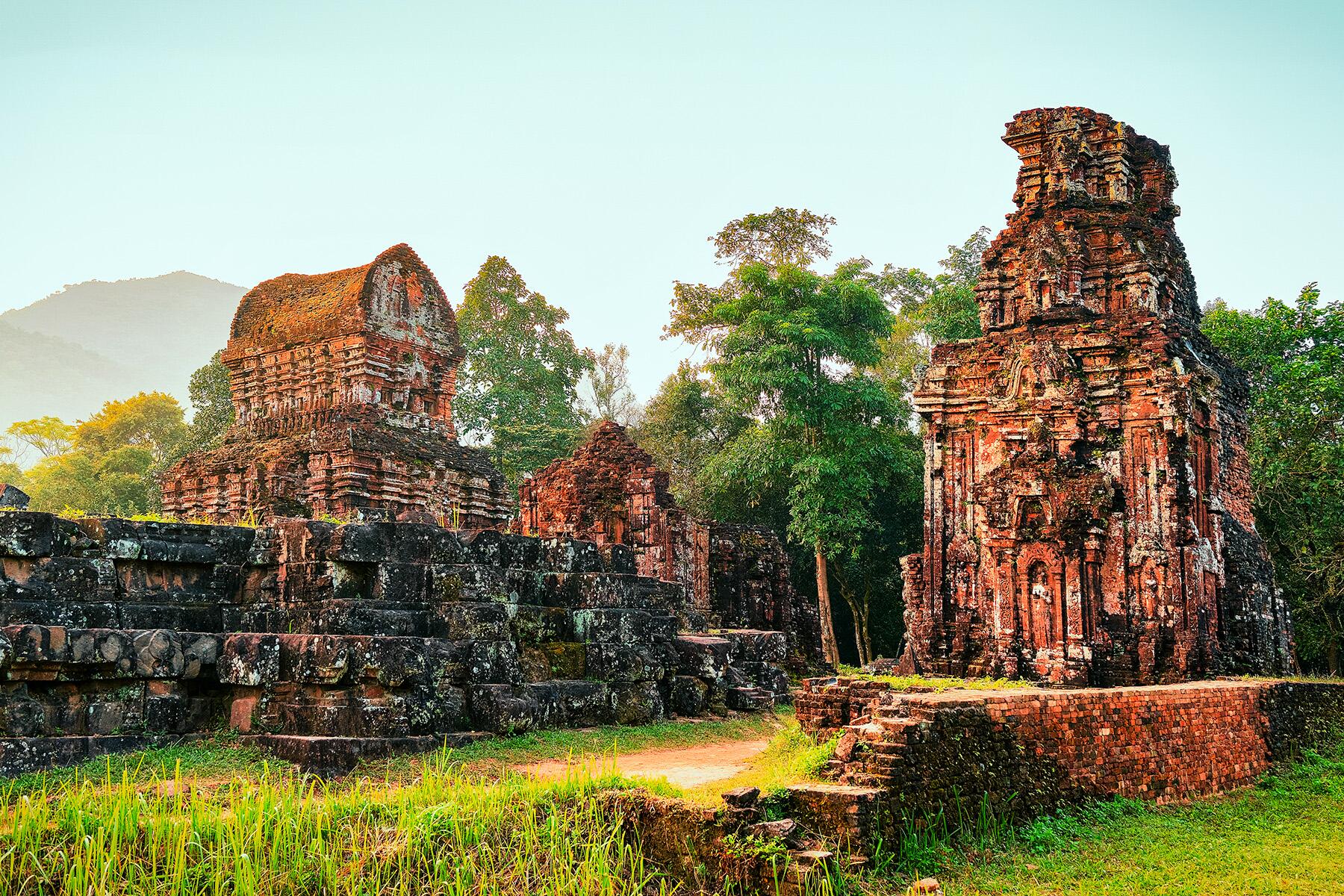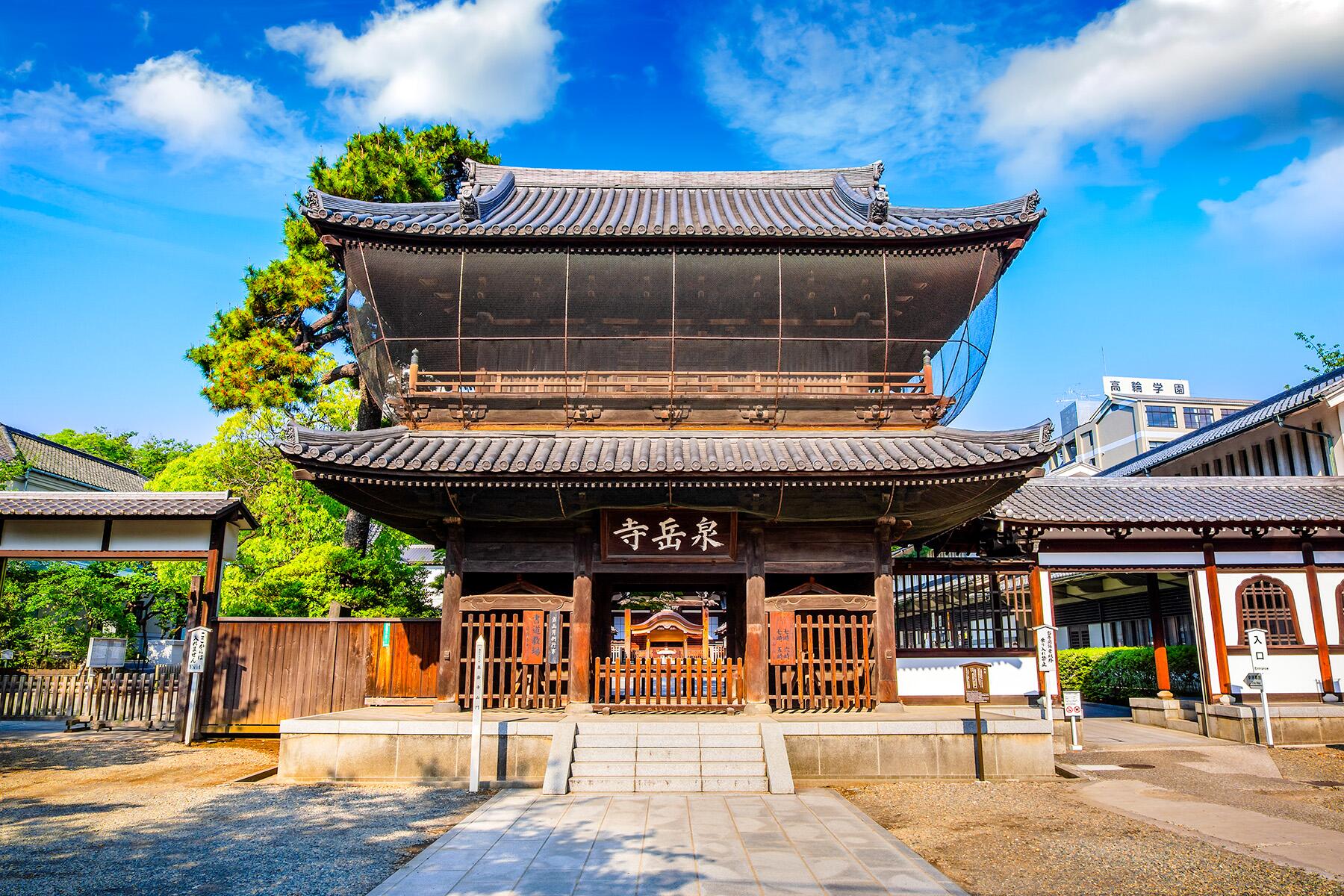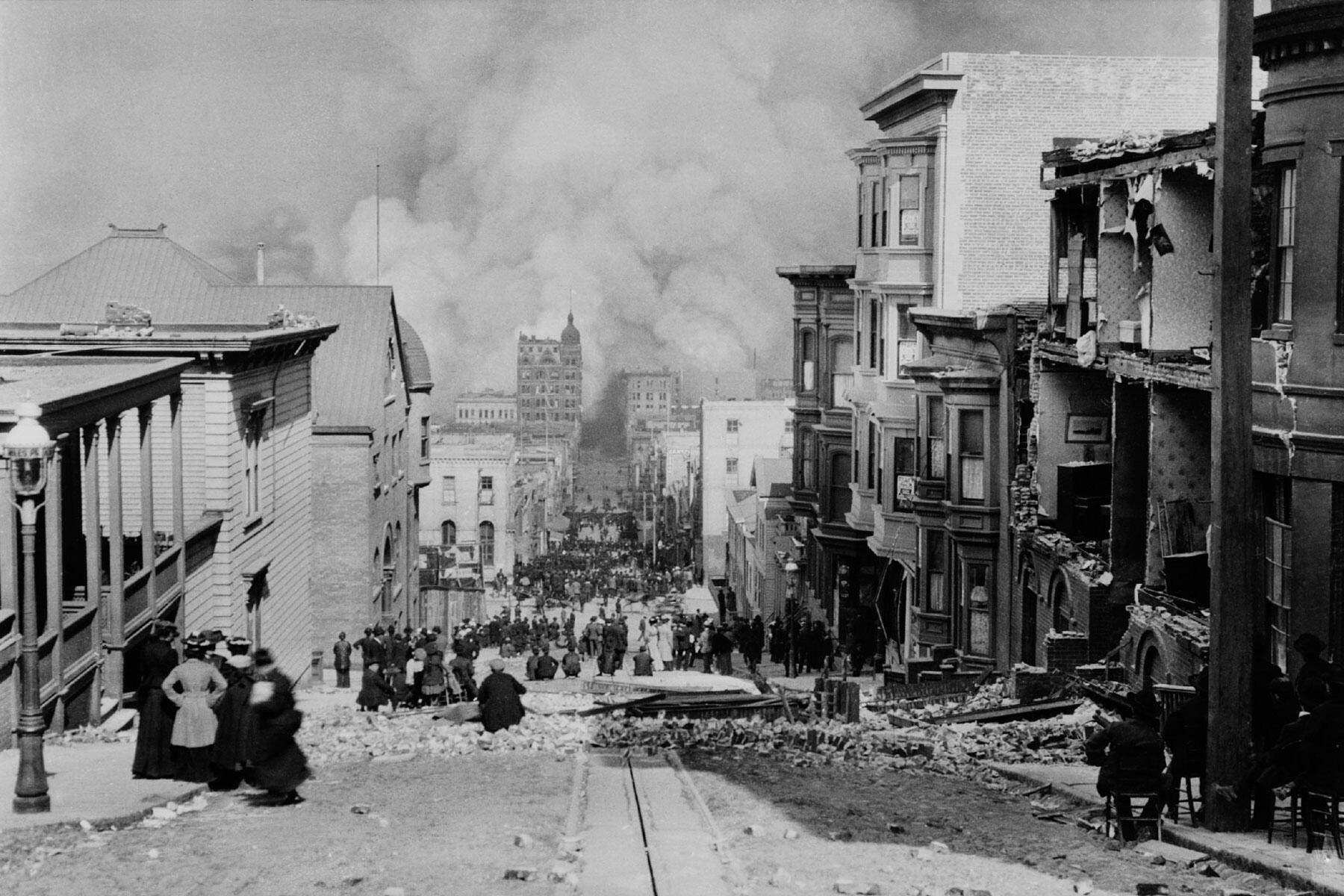- ⁄
- Travel News
- ⁄
- History
Look at them now.
Fires have consumed cities. Earthquakes have turned them into rubble. Tsunami and hurricanes have devastated lives. Some destinations were luckier than others to have risen from the ashes; others are still coping with the horrors. There are many other cities that have been destroyed by wars and human conflicts, but on this list, we’re focusing on natural tragedies—both historic and recent.
Top Picks for You
London
WHERE: England
The Great Fire in 1666 engulfed the medieval city of London, which was designed with wooden structures. Started on September 2 in a bakery, the fire burned for four days and consumed 13,200 houses and 87 churches on 400 streets, including St Paul’s Cathedral and Newgate Prison. Winds carried embers and the fire jumped between areas. The flames were controlled with fire breaks created by blowing up buildings and died down when winds stopped. After the ruination of the city, most new structures were rebuilt in stone and brick. Fortunately, not many people died due to this disaster.
Lisbon
WHERE: Portugal
One of the deadliest earthquakes in history struck Lisbon in November 1755, killing between 30,000 and 50,000 people. Lisbon was almost completely destroyed by the shocks and the fires and a tsunami. The damage was extensive with palaces, buildings, and houses turned to dust and ash, and the newly-built opera house also burnt to the ground. In fact, the aftereffects were also felt in social, philosophical, and political spheres of life. The capital that you visit now is another destination that had to rebuild itself.
Recommended Fodor’s Video
Chicago
WHERE: Illinois
The Great Chicago Fire of 1871 burned for two days and killed 300 people and left 100,000 homeless. The city, which was built of wood, was ravaged by the uncontrollable fire due to the dangerous combination of dry conditions and winds. At first, it was believed that an Irish immigrant’s cow kicked over a lantern and caused the fire, but the family was exonerated later. The cause is still unknown.
More than 3.5 square miles of the city were destroyed, 17,000 structures torched. The Windy City learnt more lessons after another small fire in 1874 and started reconstruction of structures with fire-proof materials; poor locals who couldn’t afford to rebuild were forced out. The first skyscraper in the world was built here in 1884 and marked a new era for the city as well as the country.
San Francisco
WHERE: California
In 1906, San Francisco woke up to the ground shaking. Then fires engulfed the city and turned buildings to rubble. A major part of the city—also built with wood—was levelled. It is estimated that around 3,000 people died and 225,000 were injured. Much of the damage was caused by the fires that broke out, so in its rebuilding efforts, the city made a shift from wooden frames to steel, and focused on designing structures that could withstand shaking.
One of the most important impacts of this earthquake was the study of seismology. The Lawson report made invaluable observations about this event and contributed to the modern understanding of earthquakes.
Tokyo
WHERE: Japan
Japan is no stranger to earthquakes. It experiences around 1,500 shakings in a year, but most of these are barely ever felt. What’s unfortunate is that the country has seen its fair share of tragedies, from natural disasters to wars. Tokyo has had to reinvent itself multiple times and the modern city with glittering skyscrapers you see has risen from the ashes of catastrophes each time.
One of the most spine-chilling disasters is the Great Kanto earthquake of 1923 that killed more than 100,000 people in the cities of Tokyo and Yokohama. It wasn’t just the earthquake that swallowed the city. Multiple fires broke out after the earthquake; one fire tornado rose to 300 feet and claimed 44,000 lives. Secondary disasters also included a tsunami that washed off the villages on the shores. And then, false rumors led to the widespread massacre of Koreans and the estimated deaths of 6,000 people.
September 1, when the earthquake shook the country, is recognized as Disaster Prevention Day, and safety drills are conducted even today.
Related: Japan Might Hold the Secret to Saving Cities From Disaster
Valdivia
WHERE: Chile
The Great Chilean Earthquake was the most powerful quake recorded on Earth. On May 22, 1960, the 9.5 magnitude quake shocked southern Chile with an estimated rupture zone stretching for 311 miles to 621 miles. Around 1,665 people were killed and two million lost their homes. The damage was worth $4.8 billion and the most affected city was Valdivia.
The shocks were felt the world over from New Zealand to Alaska as it triggered volcanic eruptions, landslides, and tsunamis. The tsunami in Hawaii killed 61 and damaged Hilo, and 32 people died in the Philippines.
Anchorage
WHERE: Alaska
On Good Friday in 1964, the Great Alaskan Earthquake of 9.2 magnitude—the largest in North America—struck Alaska. The epicenter was 80 miles from Anchorage, Prince William Sound. It triggered thousands of aftershocks and landslides and tsunamis that were felt as far as in Oregon and California. It is estimated that 139 people were killed in the aftermath altogether. In Anchorage, there was widespread property damage worth $2.3 billion and people were stuck without electricity in bitter cold.
The Great Alaskan Earthquake also enabled scientists to make advances in the field of geology and plate tectonics.
Bhuj
WHERE: India
In 2001, Bhuj, a city in the western state of Gujarat, was reduced to rubble by an earthquake of 7.1 magnitude. Around 8,000 villages were ruined, 20,000 were killed, and 400,000 homes were wrecked. In all, it affected around 37.8 million people, with Ahmedabad (the capital city of Gujarat) suffering major damages, too.
What followed was a massive reconstruction and rebuilding effort by the Indian government and supported by financial aid from around the world. Villages were rebuilt, roads were widened, and now the city has become an economic hub. Gujarat also introduced a disaster management framework that laid the foundation of a nation-wide act.
Aceh
WHERE: Indonesia
The earthquake and tsunami that rocked the Indian Ocean on Boxing Day of 2004 was one of the deadliest in history. It affected Indonesia, Thailand, India, Sri Lanka, the Maldives, Somalia, and Myanmar, among other countries. More than 220,000 people were killed and 1.7 million were displaced due to the 9.1 magnitude earthquake and the tsunami that followed.
In Indonesia, the province of Aceh on Sumatra’s northwestern tip faced the brunt of it. There were over 170,000 casualties in this province that was leveled by waves that rose up to 100 feet. Entire communities and families were wiped out. Ten years after the disaster, the World Bank called the rebuilding and recovery of Aceh, “a remarkable resilience and recovery that reflects the combination of individual ingenuity, family and community engagement and the impact of domestic and international aid.”
New Orleans
WHERE: Louisiana
In August 2005, Hurricane Katrina hit the low-lying city of New Orleans. It was one of the deadliest hurricanes in the U.S.—it killed at least 1,800 people in Louisiana and Mississippi and caused damage worth $125 billion. It was a category 3 hurricane with winds up to 125 mph and caused the levees in the city to break, which ended up in severe flooding of 80% of the city.
Around 400,000 people evacuated from the city and 30,000 took shelter in the Superdome after the city flooded. The levees breaking was a major engineering failure, and the U.S. government was also criticized for slow response that left the vulnerable communities abandoned.
The "Allies" bombed and destoryed numerous cities? None included??? Virtually major city in Germany and Austria was leveled and a huge number of smaller ones. The list of leveled sities too long to list here. All of them were rebuilt let alone Hiroshima and Nagaski. Calling BS on the list





Before Allies bombed German Dresden, Warsaw was bombed by Germany in September 1939 then reduced to complete ruin for daring to mount an insurection in August 1944... and after that, well... it was handed over to the Soviet Russia together with the rest of Eastern Europe.
Do not complain about Allied offensives...